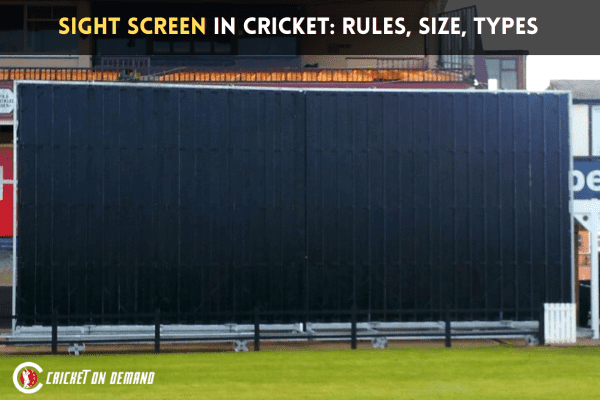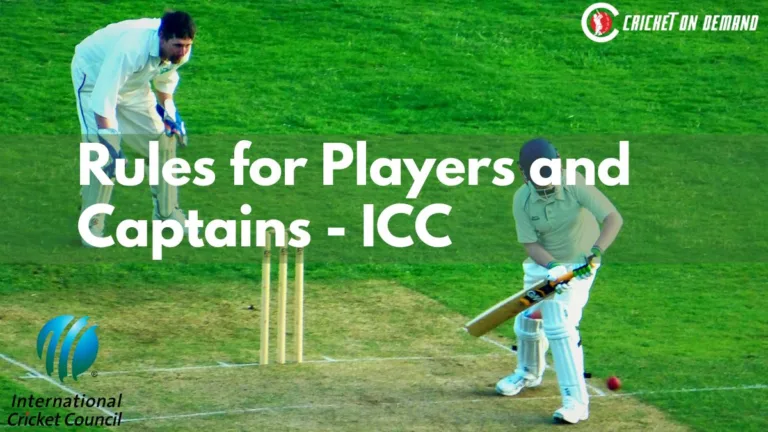In cricket, a bouncer is a type of short-pitch delivery that bounces and reaches the batsman at shoulder height or above. Bouncers are usually bowled to break the rhythm of the batsman and to put them on the back foot. It is usually bowled by fast bowlers. Mostly the bouncers are bowled aiming at the batsmen’s body. However, hitting the body of the batsman is legal, but the condition is that the ball should bounce. If the ball is directly bowled above the waist height of the batsman, then it is known as a ‘beamer’ which results in no ball.
What is a Bouncer?
A bouncer is the most aggressive type of ball in cricket. The primary aim of a bouncer is to hit the head or body of the batsman which will result in mistimed shots and therefore wickets. Facing a bouncer is a high-risk high award. The batsman can easily use the pace and bounce of the ball to score runs.
Purpose of bowling bouncers in the game.
- To intimidate the batsman – Most of the fast bowlers try to hit the body of the batsman. Their motive is to scare the batsman with the fear of hitting the ball and make them uncomfortable which will further lead to dismissal of the batsman.
- To stop the batsman from coming forward – It is easy to score runs on the front foot as deliveries bowled are full and overpitched. Bouncers make batsmen go on backfoot which breaks the focus and rhythm of the batsmen further leading to his dismissal.
- To exploit specific weaknesses in a batsman’s technique – Most of the batsmen in the world have a strong front foot. As scoring runs on the front foot is easy and almost all the batsmen have proper techniques and front foot shots, bouncers help to determine the weakness of a batsman. It creates a sort of fear in the batsmen’s minds about getting hit on the body.
- To bowl to a defensive field – This tactic is used mostly when the ball is old and when the batsmen try to score more runs. However, for taking full advantage of this tactic, 2 things are very important – accuracy & field set.
- When they’re bowling on a particularly fast & bouncy pitch – There aren’t many pitches favorable for the fast bowlers. But in pitches like Perth, the bowlers use full advantage of the pitch and are a real threat to the batsmen.
Bouncer Ball and Its Specifications
- Hardness – A ball suitable for bowling bouncers needs to be hard. This way the ball will come quickly to the batsmen making it difficult to play.
- Seam position – The seam of the ball plays a significant role. For bowling bouncers, a higher seam is preferred.
- Durability – The balls need to be durable enough for the whole match, Even after multiple impacts, the ball should be hard for bowling bouncers.
- Safety considerations – While bowling bouncers, all the safety measures should be taken care of. The ball should not be excessively hard, only ICC-prescribed balls should be used. Make sure that the batsman is wearing a helmet at all times.
- Visibility – Clear visibility should be there while playing. The ball should be visible to the batsman. In case of overcast conditions or bad light, the game should be immediately stopped.
- Weight – The weight of the ball should not be excessively heavy as it can lead to injury of a batsman. Only ICC-prescribed balls should be used.
Bouncer Rules & Regulations – ICC
Differences in Laws on Bouncers Between Different Forms:
- Test – In test matches and all first-class cricket matches, two bouncers per over are allowed.
- ODI – One Day International cricket has made many changes in the bouncer rule. Initially, as per a law made in 1994, only one bouncer per over was allowed. However, in 2012 a particular law was enforced, since that point, two bouncers per over are permitted in ODI cricket.
- T20 – T20 is the shortest format of cricket. There isn’t much time for the batsman as well as a bowler to settle and that’s why only 1 bouncer per over is allowed.
What happens if no. of bouncers is exceeded?
If the no. of bouncers is exceeded in an over then no ball is called to that additional bouncer. In test matches it is called a third bouncer and 1 run is added to the batting team’s total. No free hit is given. In ODI and T20, 1 run is added to the batting team’s total and a free hit is also given to the batsman.
Safety Measures and Player Protection
In cricket, safety measures and player protection against bouncers are important. Here are some common safety measures and equipment used by batsmen to protect themselves: –
- Helmets – To protect the head and face
- Chest guard – To protect the chest
- Arm guard – To protect the elbow and forearm
- The batsman should have the proper technique to duck or face the ball.
- Umpire should intervene if the bowler is playing unfairly and bowling bouncers/beamers unnecessarily.
Conclusion
A bouncer can be a dangerous weapon in any format of cricket. It should be bowled with all fair means. However, in test cricket, bouncers are bowled frequently and are ducked by the batsman which results in a waste of energy for bowlers. Bouncers can be intimidating and thus the batsmen should have all the safety gear and equipment while playing. It is very dangerous and as a result, several laws are made by the ICC to protect the batsmen.






